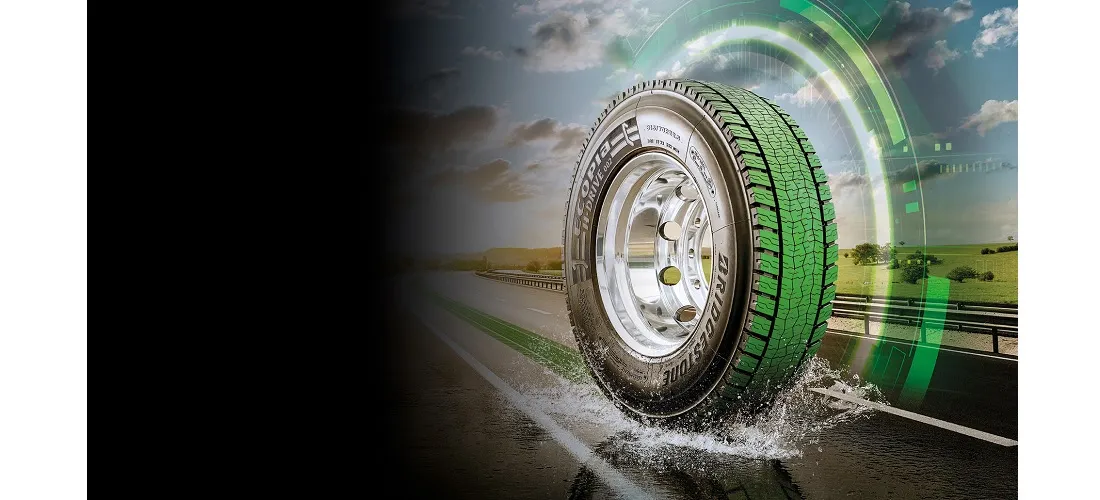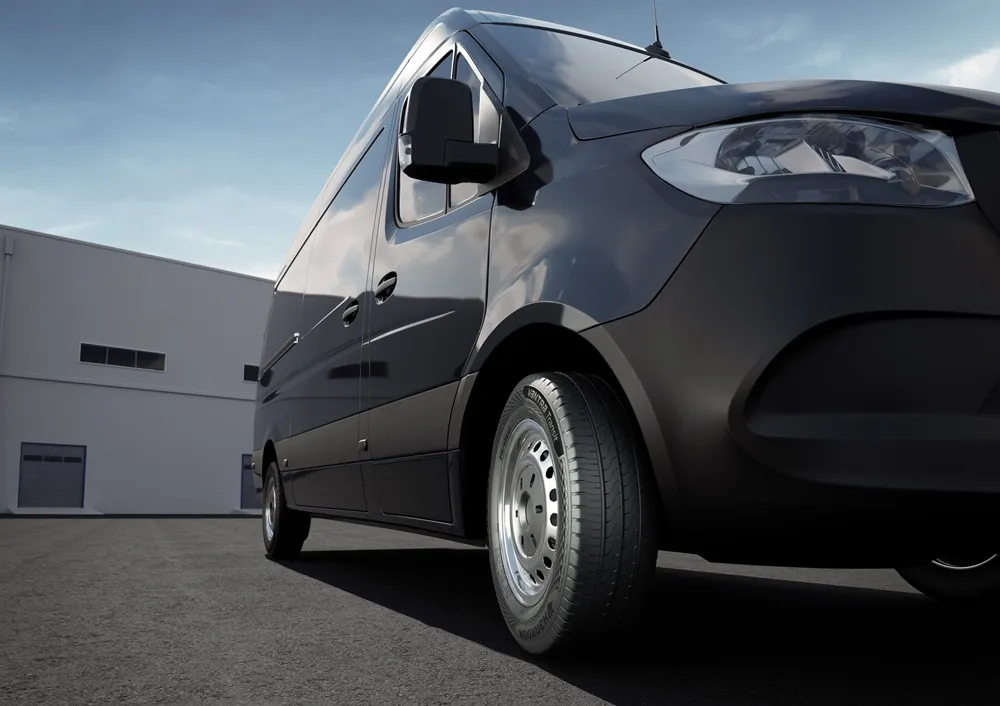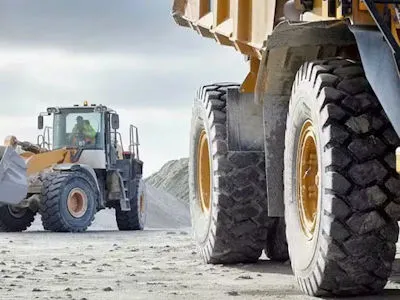Tyre labelling has been around for some time now, yet even fleet operators seem to still buy tyres on the cost to buy rather than cost to use.
Coventry University Validates Bridgestone Savings
The purchase of tyres on cost tends to drive buyers to lower-rated tyres, and that, according to Bridgestone, costs them a lot of money every year.
Bridgestone and Coventry University ran an exercise to calculate the savings that would be realised in regional and long-haul fleets switched from budget, class D tyres to Bridgestone Duravis (EU Label: B) or Ecopia (EU Label: A).
Both brands have been de...
Coventry University Validates Bridgestone Savings
The purchase of tyres on cost tends to drive buyers to lower-rated tyres, and that, according to Bridgestone, costs them a lot of money every year.
Bridgestone and Coventry University ran an exercise to calculate the savings that would be realised in regional and long-haul fleets switched from budget, class D tyres to Bridgestone Duravis (EU Label: B) or Ecopia (EU Label: A).
Both brands have been de...








